Requirements Discovery for Business Analysts is a pivotal process that sets the stage for successful project outcomes. In this comprehensive guide, we delve into the intricacies of requirements discovery, empowering business analysts with the knowledge and techniques to effectively gather, analyze, and document requirements that drive project success.
From identifying stakeholders and modeling business processes to conducting interviews and observing user behavior, we explore a wide range of methods and best practices to ensure that requirements are captured accurately and comprehensively.
Understanding Requirements Discovery for Business Analysts

Requirements discovery is a critical process for business analysts, enabling them to gather and analyze information to determine the needs and expectations of stakeholders. It’s like being a detective, piecing together clues to uncover the true requirements of a project. This process is essential for ensuring that the final product meets the desired outcomes and aligns with the organization’s goals.
Common techniques used in requirements discovery include interviews, surveys, observation, and document analysis. Think of it as a toolbox, where each technique is a different tool, allowing business analysts to gather information from various sources. Interviews involve direct conversations with stakeholders, while surveys collect written feedback from a broader audience. Observation lets analysts witness firsthand how stakeholders interact with the current system or process, and document analysis helps them review existing documentation to identify potential requirements.
Stakeholder Identification and Analysis
Identifying and analyzing stakeholders is crucial for effective requirements discovery. Stakeholders are individuals or groups affected by or interested in the project’s outcome. Understanding their needs, interests, and perspectives helps tailor solutions that meet their expectations.
To fully grasp the role of a Business Analyst, let’s delve into the crucial aspect of Requirements Discovery. This process involves gathering and understanding the needs of stakeholders. By bridging the gap between business and IT, Business Analysts play a pivotal role in ensuring that the final product aligns with the intended goals.
For a more comprehensive understanding, check out our Overview of IT Business Analyst article. This article provides valuable insights into the multifaceted role of Business Analysts and the significance of Requirements Discovery in their day-to-day operations.
Stakeholder identification involves creating a comprehensive list of all potential stakeholders. This can be done through brainstorming, document reviews, or interviews. Once identified, stakeholder analysis involves understanding their roles, responsibilities, interests, and influence on the project. This helps prioritize their involvement and tailor communication and engagement strategies accordingly.
Methods for Gathering Stakeholder Input and Feedback
Gathering stakeholder input and feedback is essential for understanding their needs and expectations. Various methods can be employed, including:
- Interviews: In-depth conversations with individual stakeholders to gather their perspectives and insights.
- Workshops: Group discussions involving multiple stakeholders to facilitate idea generation and consensus building.
- Surveys: Structured questionnaires distributed to a wider stakeholder base to collect quantitative data.
- Focus Groups: Small, moderated discussions with selected stakeholders to explore specific topics in detail.
- Observation: Observing stakeholders’ behavior and interactions to gain insights into their needs and preferences.
Business Process Modeling
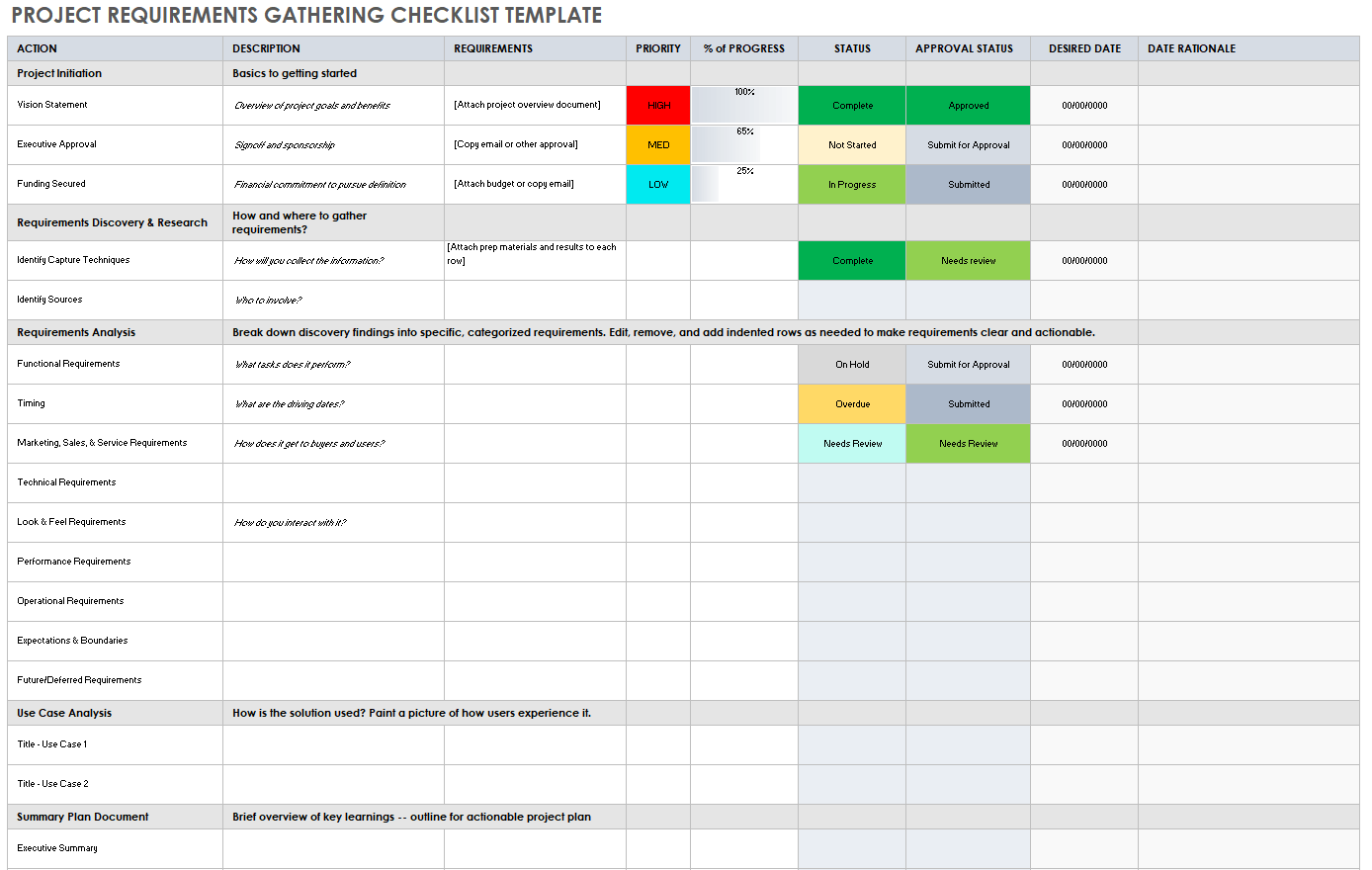
Business process modeling is a critical technique in requirements discovery. It helps analysts understand how a business operates and identify the processes that need to be improved or automated. By creating a visual representation of a business process, analysts can identify inefficiencies, redundancies, and bottlenecks.
Requirements Discovery for Business Analyst is the backbone of any successful project. It’s like a map that guides you through the murky waters of understanding what your stakeholders really want. To get the best results, you need to be a master at gathering requirements.
Check out Business Analyst – Requirement Gathering for more insights. Mastering this skill will make you an indispensable asset in any organization, helping you deliver projects that meet the needs of your users and keep the business running smoothly.
To create an effective business process model, analysts should follow these steps:
- Define the scope of the model. Determine which processes will be included in the model and the level of detail that is needed.
- Gather data about the process. This data can be collected through interviews, observations, and document reviews.
- Create a visual representation of the process. This can be done using a variety of tools, such as flowcharts, swimlane diagrams, and activity diagrams.
- Analyze the model. Identify any inefficiencies, redundancies, or bottlenecks in the process.
- Make recommendations for improvement. Based on the analysis, analysts can recommend ways to improve the process.
Describe the purpose and benefits of use case analysis.
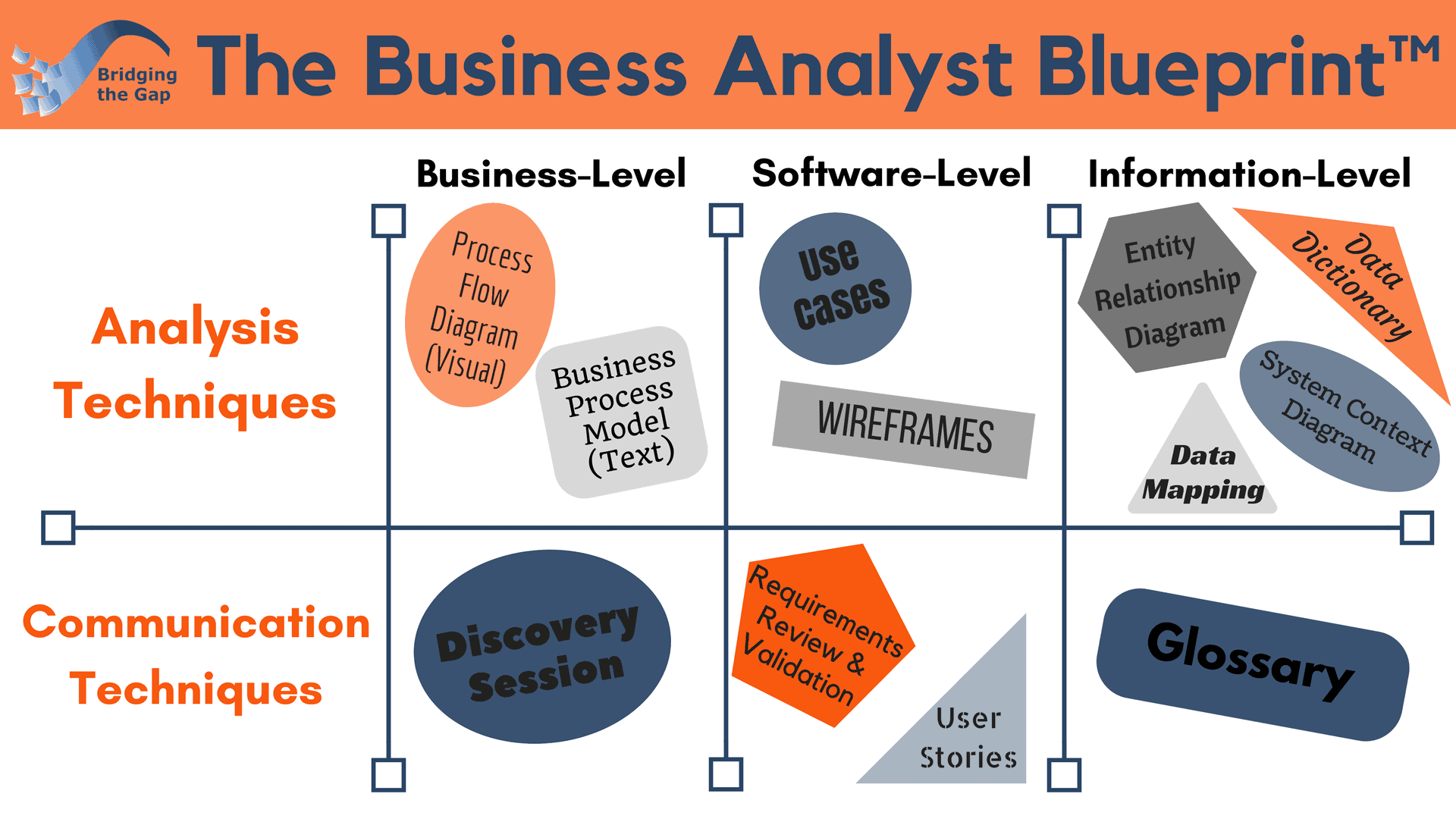
Use case analysis is a powerful technique that helps business analysts understand the functional requirements of a system. By creating and documenting use cases, analysts can identify the different ways that users will interact with the system and the specific tasks that they will need to perform. This information can then be used to prioritize requirements and design a system that meets the needs of the users.
There are many benefits to using use case analysis, including:
- Improved communication between business analysts and users. Use cases provide a common language that can be used to communicate the requirements of a system. This can help to avoid misunderstandings and ensure that the system is built to meet the needs of the users.
- Reduced risk of errors. By identifying and documenting the different ways that users will interact with the system, analysts can identify potential errors and design the system to avoid them.
- Increased efficiency. Use case analysis can help to identify and prioritize the most important requirements. This can help to ensure that the system is built with the most critical features first.
Interviewing Techniques in Requirements Discovery

Interviewing is a crucial technique in requirements discovery, enabling analysts to gather insights from stakeholders and uncover their needs and expectations. Here are some of the most common interviewing techniques:
Structured Interview
- A structured interview follows a predetermined set of questions, ensuring consistency and comparability across interviews.
- Strengths: Provides a systematic approach, allows for data analysis and comparison, and minimizes interviewer bias.
- Weaknesses: Can be rigid and inflexible, may not capture all relevant information, and can be perceived as impersonal.
Semi-Structured Interview
- Semi-structured interviews combine structured and unstructured elements, allowing for flexibility while maintaining some structure.
- Strengths: Allows for in-depth exploration of specific topics, provides flexibility to adapt to individual stakeholders, and fosters a more natural conversation.
- Weaknesses: Requires skilled interviewers, can be time-consuming, and may result in inconsistencies across interviews.
Unstructured Interview, Requirements Discovery for Business Analyst
- Unstructured interviews have no predetermined questions, allowing for free-flowing conversations.
- Strengths: Provides the most flexibility, allows for deep exploration of complex topics, and can uncover unexpected insights.
- Weaknesses: Requires highly skilled interviewers, can be difficult to analyze and compare data, and may introduce interviewer bias.
Choosing the Right Technique
The choice of interviewing technique depends on factors such as:
- Project scope and complexity: Structured interviews are suitable for well-defined projects, while unstructured interviews are better for exploratory projects.
- Stakeholder availability: Structured interviews are efficient for interviewing a large number of stakeholders, while unstructured interviews are more appropriate for in-depth conversations with key stakeholders.
- Interviewer’s skill level: Structured interviews require less interviewer skill, while unstructured interviews require highly skilled interviewers.
“Effective interviewing is the cornerstone of successful requirements discovery. It enables analysts to deeply understand stakeholder needs and translate them into actionable requirements.” – Alistair Cockburn, author of “Writing Effective Use Cases”
Observation and Shadowing
Observation and shadowing are powerful techniques for gathering requirements. They allow you to see firsthand how users interact with a system and to identify their needs and pain points. This information can be invaluable in designing a system that meets their needs.
Conducting Effective Observation Sessions
To conduct effective observation sessions, it is important to:
- Define your objectives. What do you want to learn from the observation session?
- Identify the right users. Who are the most representative users of the system?
- Create a structured observation plan. What specific behaviors will you be observing?
- Get consent from the users. It is important to let users know that you will be observing them and to obtain their consent.
- Observe objectively. Avoid making judgments or assumptions about what you see.
- Take detailed notes. Record everything you see and hear, including both positive and negative observations.
- Follow up with the users. After the observation session, follow up with the users to get their feedback and to clarify any questions you have.
Benefits and Limitations of Observation and Shadowing
Observation and shadowing offer several benefits over other requirements gathering techniques:
- They provide real-world data. Observation and shadowing allow you to see how users actually use a system, rather than relying on their recollections or opinions.
- They can identify hidden needs. Users may not be aware of their own needs or may be reluctant to express them. Observation and shadowing can help you to identify these hidden needs.
- They can build rapport with users. Spending time with users in their natural environment can help you to build rapport and trust.
However, observation and shadowing also have some limitations:
- They can be time-consuming. Observation and shadowing can take a significant amount of time, especially if you need to observe multiple users.
- They can be disruptive. Observation and shadowing can be disruptive to users, especially if they are not used to being observed.
- They can be biased. The observer’s own biases can influence the data that is collected.
Key Differences Between Observation and Shadowing
The following table summarizes the key differences between observation and shadowing:
| Characteristic | Observation | Shadowing |
|---|---|---|
| Purpose | To observe users from a distance | To follow users around and observe their interactions with a system |
| Level of involvement | Low | High |
| Disruption to users | Low | High |
| Bias | Potential for bias due to observer’s distance from users | Potential for bias due to observer’s close proximity to users |
Ethical Considerations
It is important to consider the ethical implications of observation and shadowing. Users should be informed that they are being observed and should be given the opportunity to opt out. Observers should also be respectful of users’ privacy and should not collect data that is not relevant to the project.
Requirements Discovery for Business Analysts is a crucial step in understanding the needs of a business. By gathering information from stakeholders, analysts can identify gaps between the current state and the desired state. Business Analyst – Gap Analysts specialize in identifying these gaps and developing solutions to bridge them.
This process ensures that the final product meets the needs of the business and its customers, leading to successful outcomes.
Best Practices
Here are some best practices for conducting effective observation and shadowing sessions:
- Get buy-in from stakeholders. It is important to get buy-in from stakeholders before conducting observation or shadowing sessions. This will help to ensure that the sessions are supported and that the results are used to improve the system.
- Plan carefully. Take the time to plan your observation or shadowing sessions carefully. This will help you to maximize the value of the sessions and to minimize the disruption to users.
- Be objective. Avoid making judgments or assumptions about what you see. Simply observe and record the facts.
- Follow up with users. After the observation or shadowing session, follow up with the users to get their feedback and to clarify any questions you have.
Using Technology to Facilitate Observation and Shadowing Sessions
Technology can be used to facilitate observation and shadowing sessions. For example, you can use screen recording software to record users’ interactions with a system. You can also use video conferencing software to observe users remotely.
Common Pitfalls to Avoid
Here are some common pitfalls to avoid when conducting observation and shadowing sessions:
- Being too intrusive. Observation and shadowing should be conducted in a way that is respectful of users’ privacy. Avoid being too intrusive or disruptive.
- Making assumptions. Avoid making assumptions about what you see. Simply observe and record the facts.
- Ignoring negative feedback. It is important to pay attention to both positive and negative feedback from users. Ignoring negative feedback can lead to a system that does not meet the needs of users.
Reflecting on Your Own Experiences
Take some time to reflect on your own experiences with observation and shadowing. What have you learned from these experiences? What are some of the challenges you have faced? What are some of the best practices you have used?
Requirements Discovery is a crucial step for Business Analysts, as it helps them understand the needs of stakeholders and create solutions that meet their expectations. To enhance their understanding of Use Cases, Business Analysts can refer to Business Analyst – Use Case for valuable insights and examples.
This resource provides a comprehensive overview of Use Cases, their benefits, and how they can be effectively applied in the Requirements Discovery process.
Requirements Management: Requirements Discovery For Business Analyst
Managing requirements throughout the project lifecycle is crucial for project success. Effective requirements management ensures that requirements are well-defined, understood, and aligned with project goals. It helps prevent misunderstandings, rework, and costly changes later in the project.
Tools and techniques for requirements management include:
Requirements Traceability Matrix (RTM)
An RTM tracks the relationship between requirements and other project artifacts, such as design documents, test cases, and code. This allows stakeholders to trace the origins of requirements and their impact on the project.
Requirements Management Software
Specialized software tools can assist with requirements management tasks, such as gathering, organizing, and analyzing requirements. These tools often provide features for version control, collaboration, and reporting.
User Stories
User stories are a concise and informal way to capture requirements from the user’s perspective. They are written in plain language and focus on the user’s goals and needs.
Prototyping
Prototyping can be used to gather feedback on requirements and validate their feasibility. Prototypes can be low-fidelity sketches or more detailed interactive models.
Tools for Requirements Discovery
Requirements discovery can be a complex and time-consuming process. Fortunately, there are a number of software tools and techniques that can assist business analysts in this task. These tools can help to automate some of the tasks involved in requirements discovery, such as stakeholder identification, process modeling, and use case analysis.
There are a variety of different software tools available for requirements discovery. Some of the most popular tools include:
- Visio is a diagramming tool that can be used to create process models and use case diagrams.
- IBM Rational RequisitePro is a requirements management tool that can be used to track and manage requirements throughout the development process.
- Jira is a project management tool that can be used to track the progress of requirements discovery and development tasks.
- Azure DevOps is a cloud-based platform that provides a variety of tools for requirements discovery and development, including work item tracking, version control, and testing.
In addition to these software tools, there are a number of other techniques that can be used to assist in requirements discovery. These techniques include:
- Stakeholder interviews can be used to gather information about the needs and expectations of stakeholders.
- Process observation can be used to identify the current business processes and to identify areas for improvement.
- Document analysis can be used to gather information about the existing business environment and to identify potential requirements.
By using a combination of software tools and techniques, business analysts can improve the efficiency and effectiveness of the requirements discovery process.
– List the key steps involved in requirements discovery and explain how each step contributes to a successful outcome.
Requirements discovery is a critical phase in the software development life cycle. It involves gathering, understanding, and documenting the needs of stakeholders to ensure that the final product meets their expectations. The key steps involved in requirements discovery are as follows:
- Stakeholder identification and analysis: This step involves identifying all stakeholders who will be affected by the new system, as well as their needs, interests, and priorities. This information is used to create a stakeholder map, which helps to prioritize requirements and ensure that everyone’s needs are met.
- Business process modeling: This step involves documenting the current business processes to identify areas where the new system can improve efficiency and effectiveness. This information is used to create a business process model, which serves as a blueprint for the new system.
- Use case analysis: This step involves identifying and documenting the use cases for the new system. A use case is a description of a specific interaction between a user and the system, and it helps to identify the functional requirements of the system.
- Interviewing techniques: This step involves interviewing stakeholders to gather information about their needs and expectations. There are a variety of interviewing techniques that can be used, such as one-on-one interviews, group interviews, and focus groups.
- Observation and shadowing: This step involves observing stakeholders in their work environment to gather information about their needs and expectations. This can be done through direct observation, or by shadowing stakeholders as they perform their tasks.
- Requirements management: This step involves managing the requirements throughout the development process. This includes tracking requirements, prioritizing them, and ensuring that they are met. There are a variety of requirements management tools that can be used to help with this process.
Challenges in Requirements Discovery
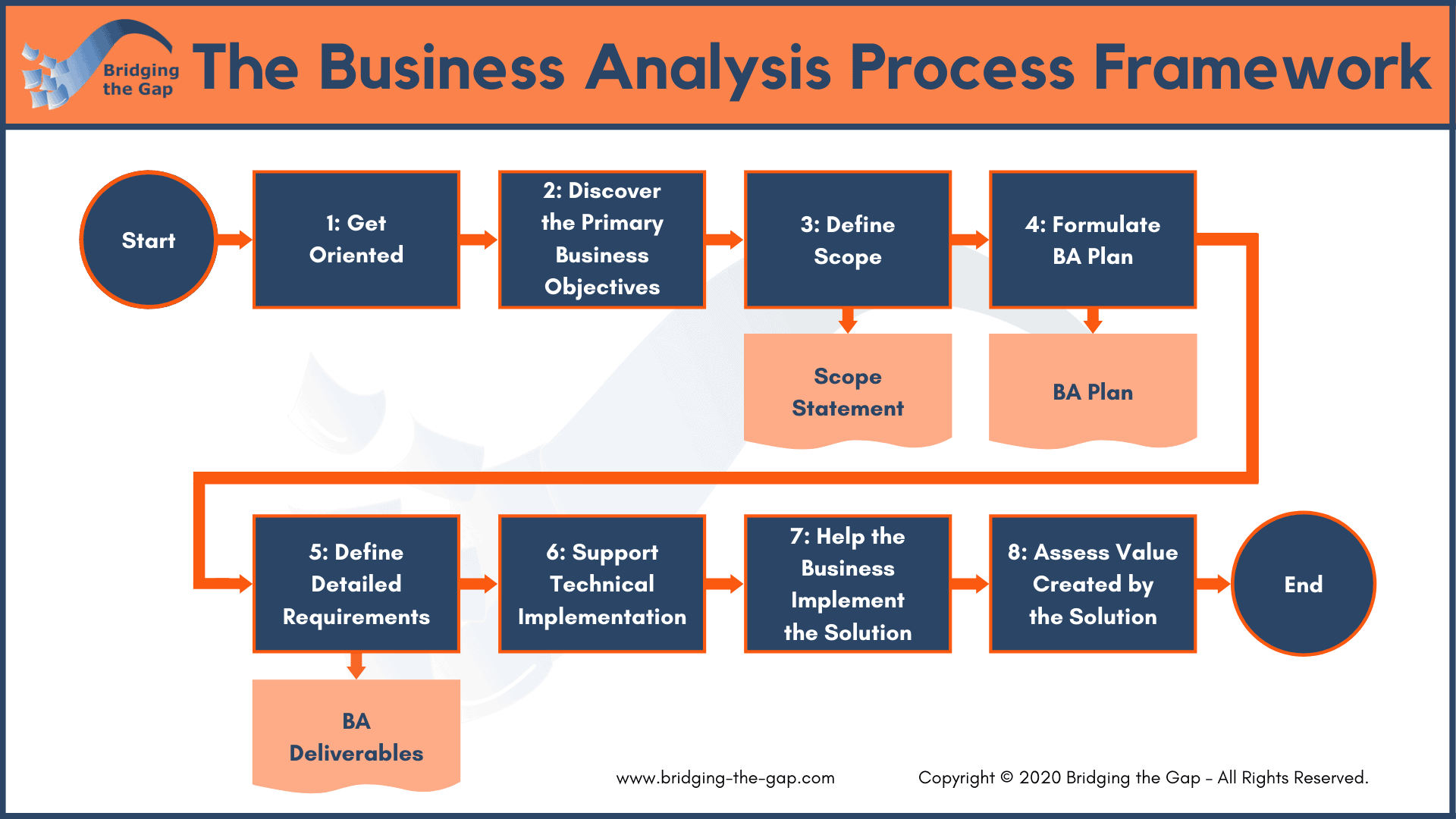
Yo, discovering requirements ain’t no walk in the park. There are a ton of obstacles that can trip you up along the way.
But fear not, young grasshopper! I’m here to guide you through the treacherous waters of requirements discovery and help you overcome these challenges like a boss.
Communication Barriers
- Misunderstandings due to different technical jargon or industry-specific terms.
- Language barriers or cultural differences leading to misinterpretations.
Unclear or Incomplete Requirements
- Stakeholders may have difficulty articulating their needs clearly.
- Requirements may be too vague or incomplete, leaving room for misinterpretation.
Stakeholder Involvement
- Difficulty in identifying all relevant stakeholders.
- Uncooperative or unavailable stakeholders.
- Conflicting priorities among stakeholders.
Time and Resource Constraints
- Limited time for requirements gathering and analysis.
- Insufficient resources to conduct thorough stakeholder interviews and observations.
The Role of Business Analysts in Requirements Discovery
Requirements discovery is a critical phase in any software development project. It’s the process of gathering, analyzing, and documenting the needs of the stakeholders. Business analysts play a vital role in this process, as they are responsible for ensuring that the requirements are complete, accurate, and aligned with the business goals.
Skills and Qualities of Effective Business Analysts
Effective business analysts possess a unique combination of skills and qualities, including:
- Strong analytical and problem-solving skills
- Excellent communication and interpersonal skills
- A deep understanding of the business domain
- Experience in requirements gathering and analysis
- A commitment to quality and accuracy
Case Studies and Examples
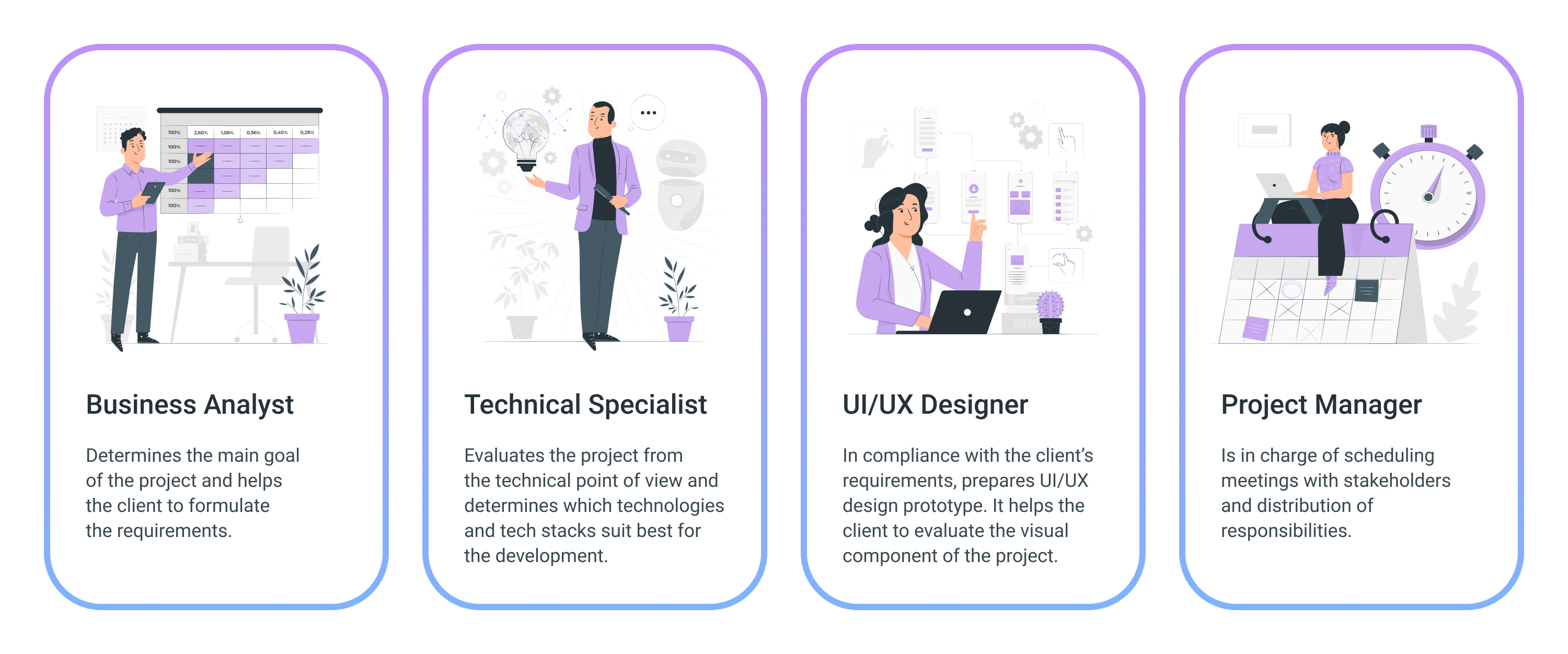
Requirements discovery is a crucial step in any project, and there are many different techniques that can be used to successfully discover requirements. Here are a few case studies and examples of successful requirements discovery in different industries or projects:
Case Study 1: Developing a new software application for a healthcare organization
Techniques used: Stakeholder interviews, workshops, use case analysis
Lessons learned: It is important to involve all stakeholders in the requirements discovery process, and to use a variety of techniques to gather requirements.
Best practices: Use a structured approach to requirements discovery, and document all requirements clearly and concisely.
Case Study 2: Implementing a new CRM system for a manufacturing company
Techniques used: Business process modeling, observation, shadowing
Lessons learned: It is important to understand the current business processes before implementing a new system, and to observe and shadow users to get a better understanding of their needs.
Best practices: Use a collaborative approach to requirements discovery, and involve users in the process as much as possible.
Case Study 3: Designing a new website for an e-commerce company
Techniques used: User interviews, focus groups, prototyping
Lessons learned: It is important to understand the needs of the target users, and to test prototypes with users to get feedback.
Best practices: Use a user-centered approach to requirements discovery, and involve users in the design process from the beginning.
These are just a few examples of how requirements discovery can be used to improve project outcomes. By using the right techniques and approaches, you can ensure that your projects are successful.
Benefits of Use Case Analysis
Use case analysis is a powerful technique that can be used to discover requirements. By creating use cases, you can identify the different ways that users will interact with your system, and the requirements that need to be met in order to support those interactions.
Use case analysis can provide the following benefits:
* Improved understanding of user needs: By creating use cases, you can gain a better understanding of the different ways that users will interact with your system, and the requirements that need to be met in order to support those interactions.
* Reduced risk of errors: By identifying and documenting requirements early in the development process, you can reduce the risk of errors later on.
* Improved communication: Use cases can be used to communicate requirements to stakeholders, including developers, testers, and users. This can help to ensure that everyone is on the same page and that the system is developed according to the needs of the users.
Ultimate Conclusion
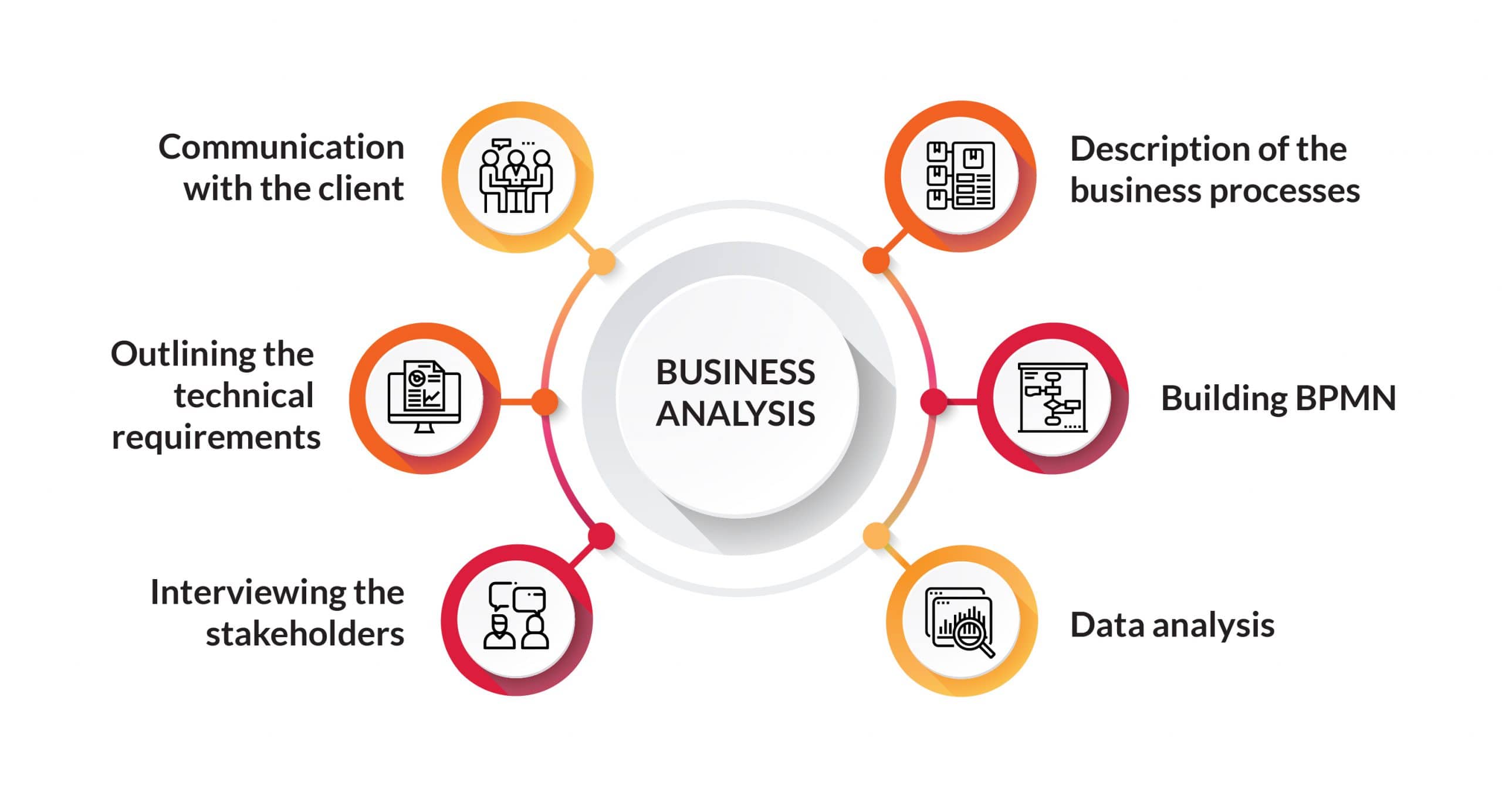
By embracing a systematic and collaborative approach to requirements discovery, business analysts can play a transformative role in ensuring that projects align seamlessly with business objectives and deliver tangible value. This guide provides a roadmap for mastering requirements discovery, empowering business analysts to become indispensable partners in the pursuit of project excellence.
Answers to Common Questions
What is the significance of stakeholder involvement in requirements discovery?
Stakeholder involvement is crucial as it ensures that diverse perspectives and needs are considered, leading to a more comprehensive understanding of the requirements.
How can prototyping and user testing contribute to requirements discovery?
Prototyping and user testing provide valuable feedback on the feasibility and usability of requirements, allowing for refinement and validation before implementation.
What are the common challenges faced in requirements discovery and how can they be overcome?
Common challenges include stakeholder resistance, unclear communication, and changing requirements. To overcome these, active listening, clear documentation, and iterative validation are essential.

